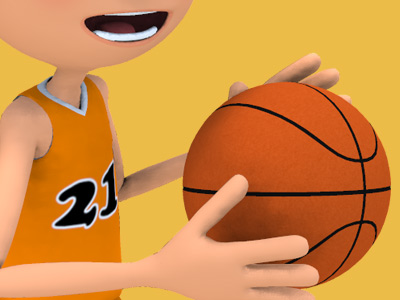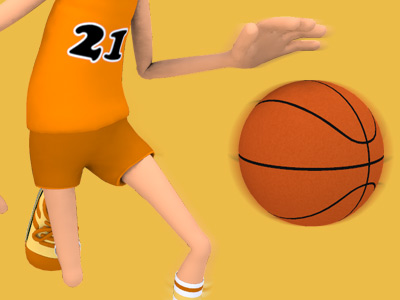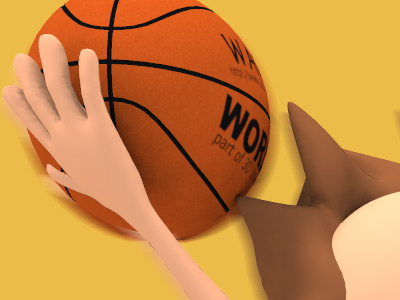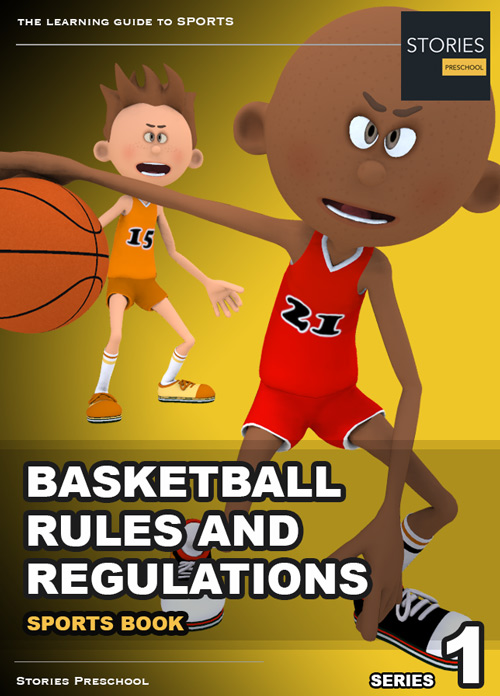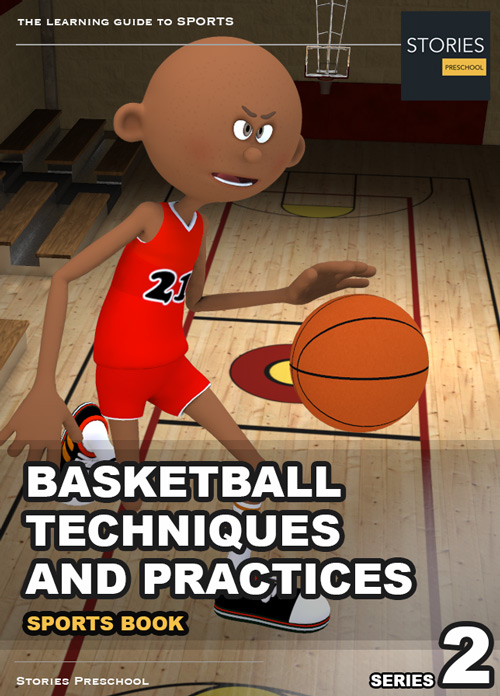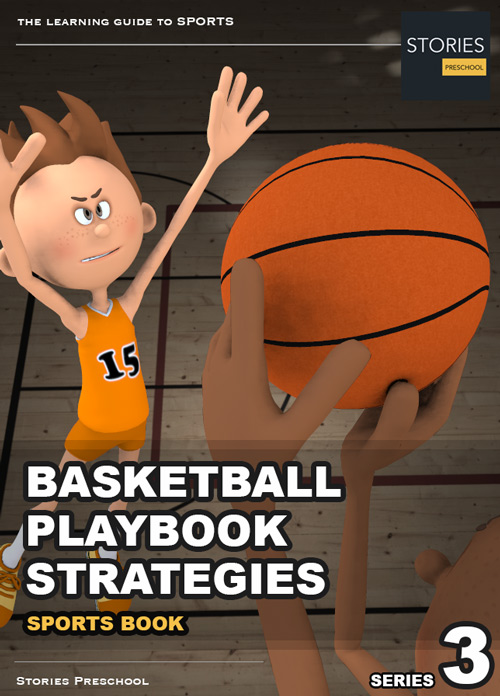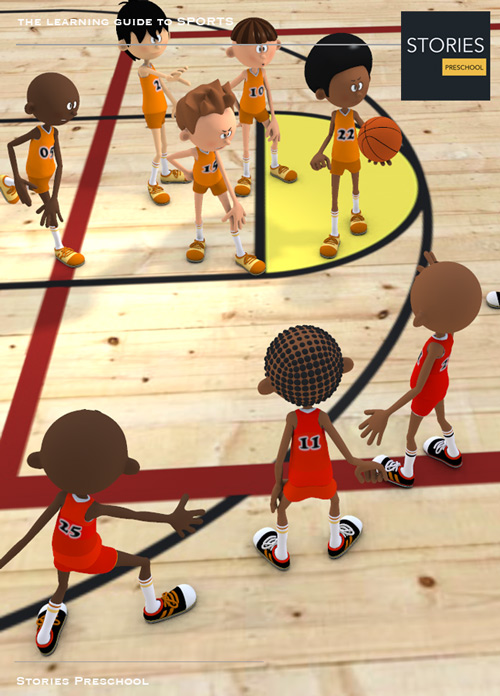Basketball

Passing
A pass is a method of moving the ball between players. Most passes are accompanied by a step forward to increase power and are followed through with the hands to ensure accuracy.
Chest Pass
A staple pass is the chest pass. The ball is passed directly from the passer's chest to the receiver's chest. A proper chest pass involves an outward snap of the thumbs to add velocity and leaves the defence little time to react.
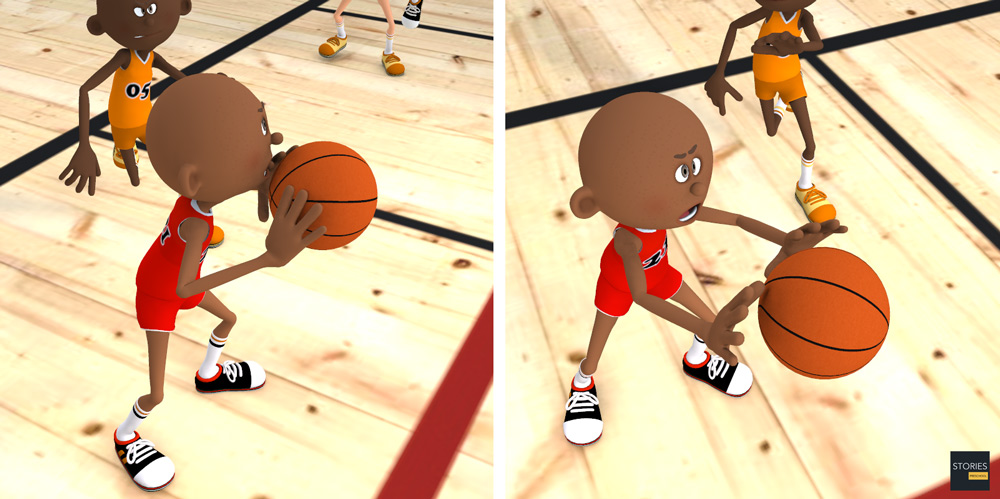
Bounce Pass
Another type of pass is the bounce pass. Here, the passer bounces the ball crisply about two-thirds of the way from his own chest to the receiver. The ball strikes the court and bounces up toward the receiver. The bounce pass takes longer to complete than the chest pass, but it is also harder for the opposing team to intercept (kicking the ball deliberately is a violation). Thus, players often use the bounce pass in crowded moments, or to pass around a defender.
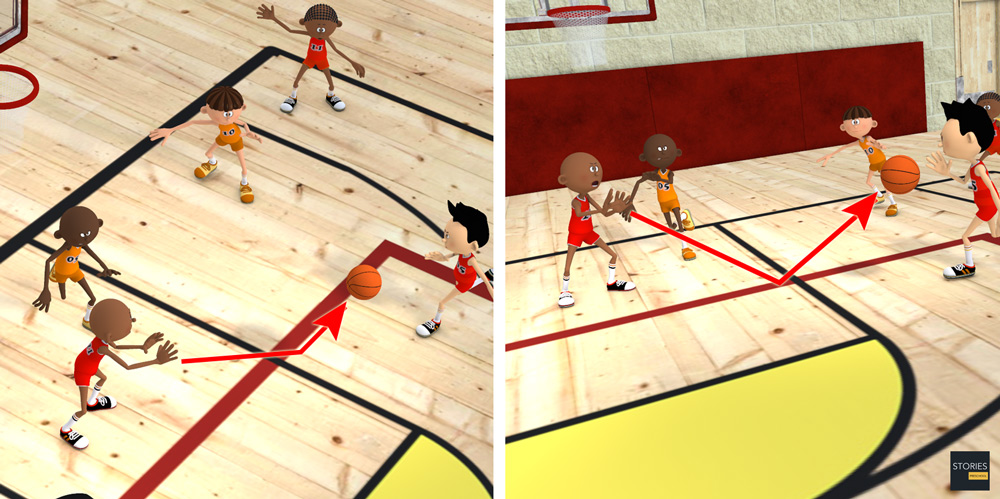
Overhead Pass
The overhead pass is used to pass the ball over a defender. The ball is released while over the passer's head.
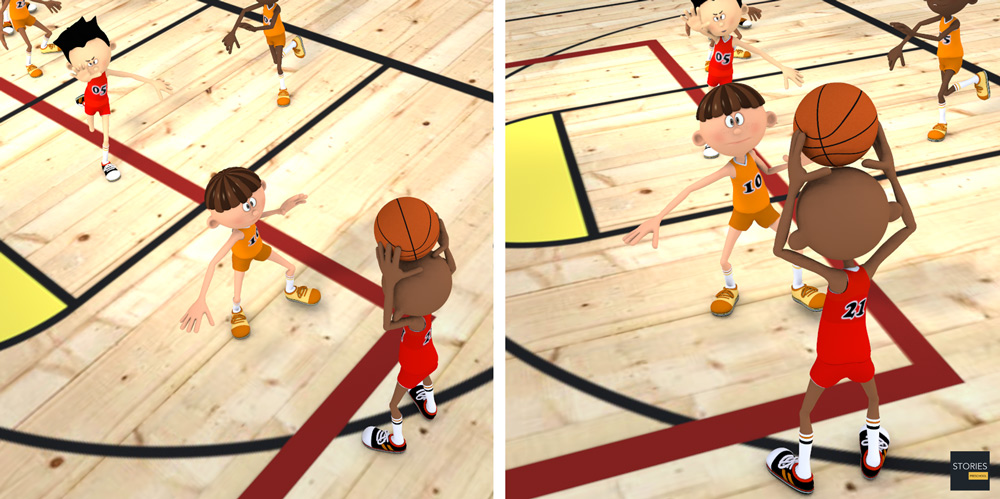
Outlet Pass
The outlet pass occurs after a team gets a defensive rebound. The next pass after the rebound is the outlet pass.
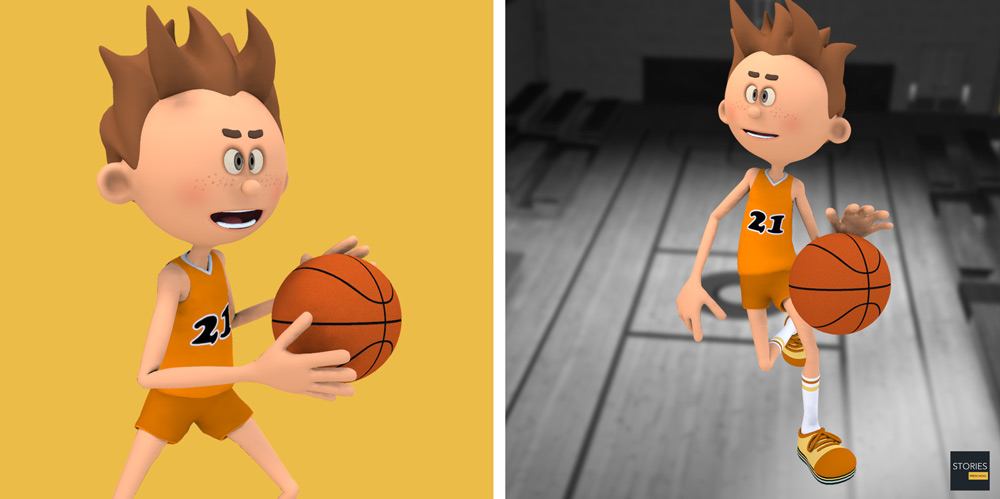
Blind Pass
The crucial aspect of any good pass is it being difficult to intercept. Good passers can pass the ball with great accuracy and they know exactly where each of their other teammates prefers to receive the ball. A special way of doing this is passing the ball without looking at the receiving teammate. This is called a no-look pass. Also known as the blind pass is performed when a player looks in one direction but passes the ball to his target in another direction. Blind passes are risky and infrequently attempted, but when done correctly, they can confuse the defense.
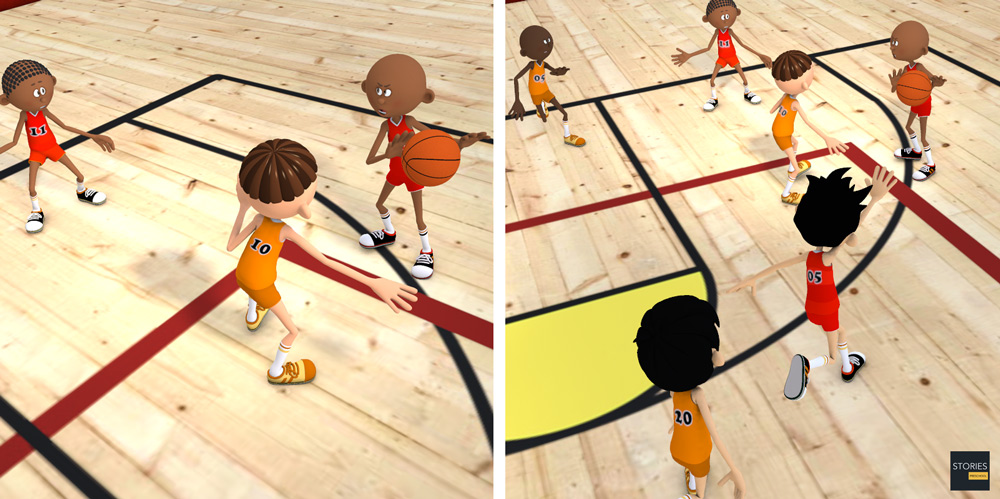
Behind-the-back Pass
Another advanced style of passing is the behind-the-back pass, which, as the description implies, involves throwing the ball behind the passer's back to a teammate. Although some players can perform such a pass effectively, many coaches discourage no-look or behind-the-back passes, believing them to be difficult to control and more likely to result in turnovers or violations.
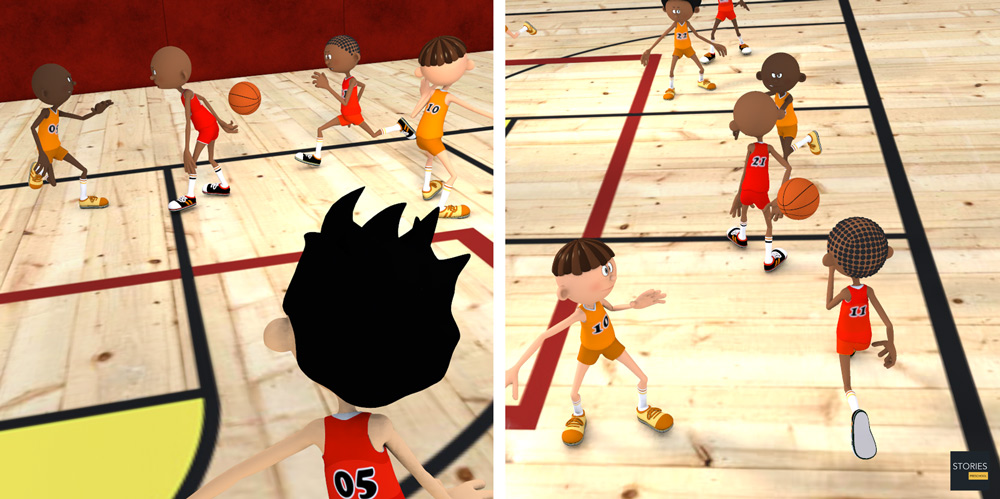
Touch Pass
A touch pass is an advanced passing technique in which a prior pass or a loose ball is immediately redirected to another player by tipping or slapping the ball. This is the quickest pass in basketball and is therefore very effective when executed correctly.
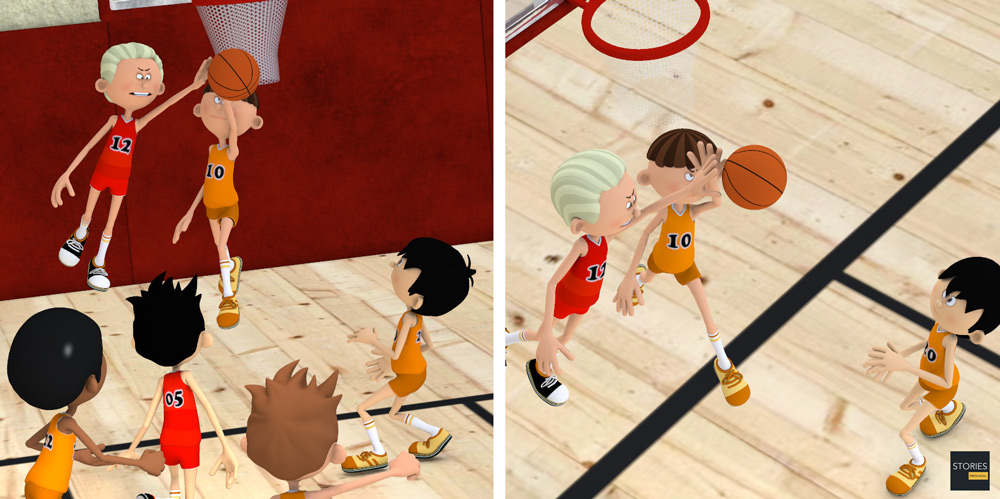
Baseball Pass
The baseball pass or lance pass is a long pass in which the passer throws the ball with one hand, as if it were a baseball or a football. It is infrequently used, mainly to set up last-second plays off a baseline inbounding situation.
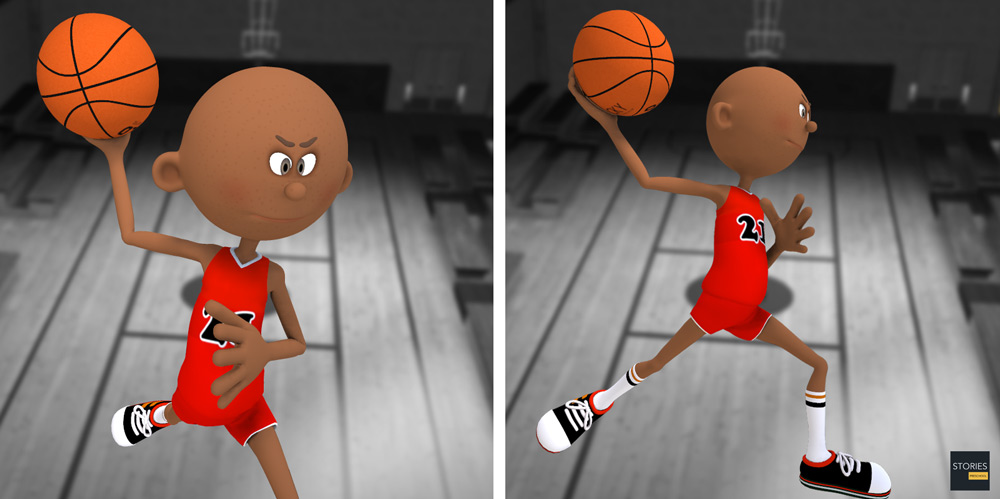
Jump Pass
A jump pass is a pass performed while the passing player's feet are off the floor. When done intentionally, usually when a teammate gets open during the shot, it can sometimes confuse the defender, causing him to believe that the passer is shooting instead of passing. At times, however, it is done as a result of the player having their shooting lane blocked and often leads to the player turning the ball over to the opposing team. This kind of pass is risky to execute, and the chances of perfectly passing the ball to an open teammate are considerably low, as it leaves the offensive player very vulnerable to turnovers.
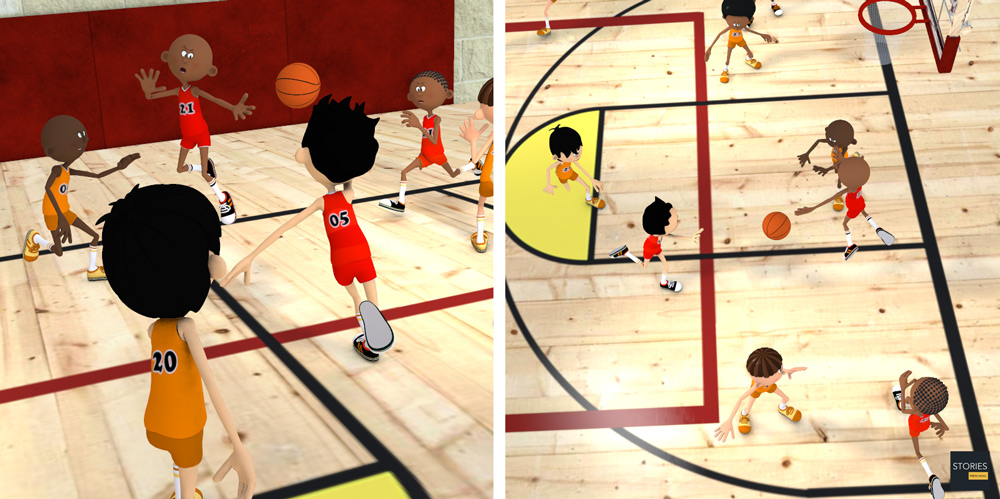
SPORTS
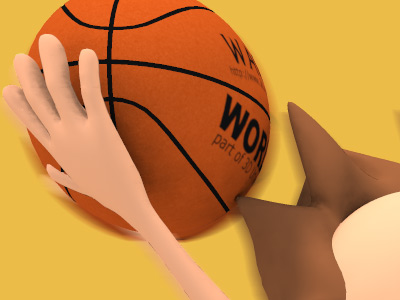
RESOURCES
This article uses material from the Wikipedia articles "Basketball" and "Basketball moves", which is released under the Creative Commons Attribution-Share-Alike License 3.0.
© Stories Preschool. All Rights Reserved.
